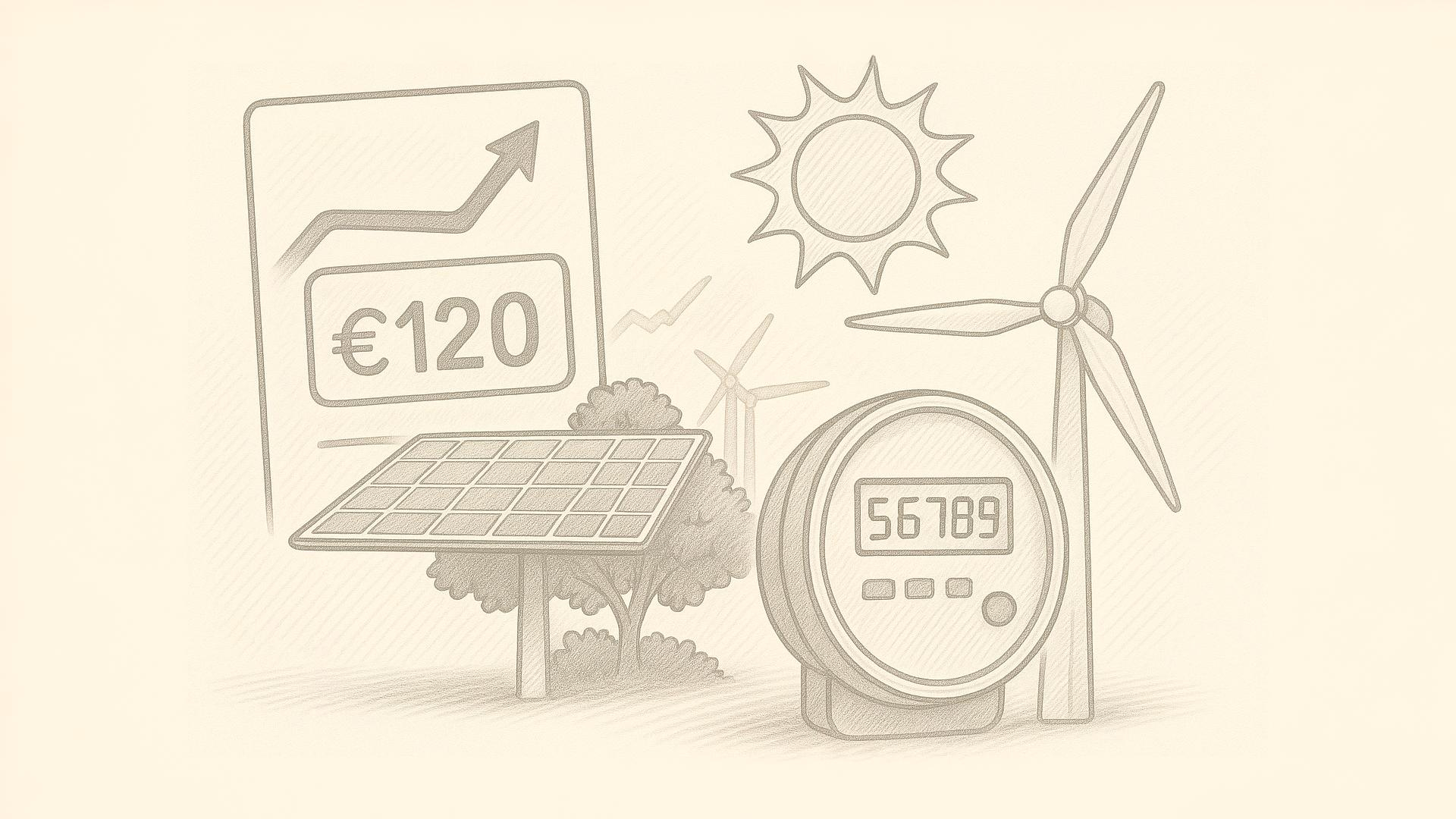Energy data is not enough: what actually gets users to act
Bart in 't Veld | L |

There are many reasons to give users insights into their energy usage — whether it’s to reduce consumption for environmental reasons, improve efficiency, cut costs, or relieve grid congestion.
But let’s be honest: showing someone their energy data doesn’t guarantee they’ll act on it. And if users aren’t taking action, is your product really helping achieve your business goals? I’d argue it’s not.
The truth is, most businesses and consumers only change their energy behavior when it directly benefits them. Yes, environmental awareness is rising — but very few act purely out of principle. In my experience, there are only two real drivers of meaningful change:
- Cost savings
- Laws and regulations
Show me the money
The first — and arguably most obvious — way to get users to act is to show them how much money they can save.
Comparing energy usage in kWh over days, weeks, or months is useful, but for most people, those numbers don’t mean much. A kilowatt-hour doesn’t trigger any emotional reaction. But tell someone they’re spending €120 more per month than their neighbor, and that hits home. Translating energy data into financial impact makes it immediately relatable — and far more likely to drive action.
And this isn’t just some “cheap mental trick” — users actually want a financial trigger. I’ve seen dashboards that only show raw energy metrics, and the most common feedback is always the same: show me what this means in euros. Clear cost comparisons and insights into potential savings are what users are asking for.
No one want to be above average (in energy use)
Looking at your own energy usage is helpful — but it doesn’t tell the whole story. My energy use might be up this month, but what if everyone’s usage went up because of a cold snap? We’re behavioral creatures, and context matters. When users can compare their energy usage to others — whether it’s a national average, similar households, or their neighborhood — it creates a powerful motivator. No one wants to be the one using more than the average. Most people want to be just below it.
In the platforms I’ve built, engagement noticeably increased when we notified users about how their energy use compared to others. And it doesn’t always have to be negative — even showing a user that they used 15% less energy than similar households last week was enough to bring them back to the platform. Positive reinforcement through clear, encouraging numbers nudges users to check in more often — and that frequency is what drives lasting behavior change.
Turning insights into habit
Energy insights alone aren’t enough. If you want users to act, you need to translate data into something they care about — whether that’s money, social context, or a simple sense of progress. The key is to make insights personal, timely, and actionable. When users feel like they understand what the numbers mean for them, they’re far more likely to change their behavior. As product builders, we’re not just showing data — we’re shaping habits.